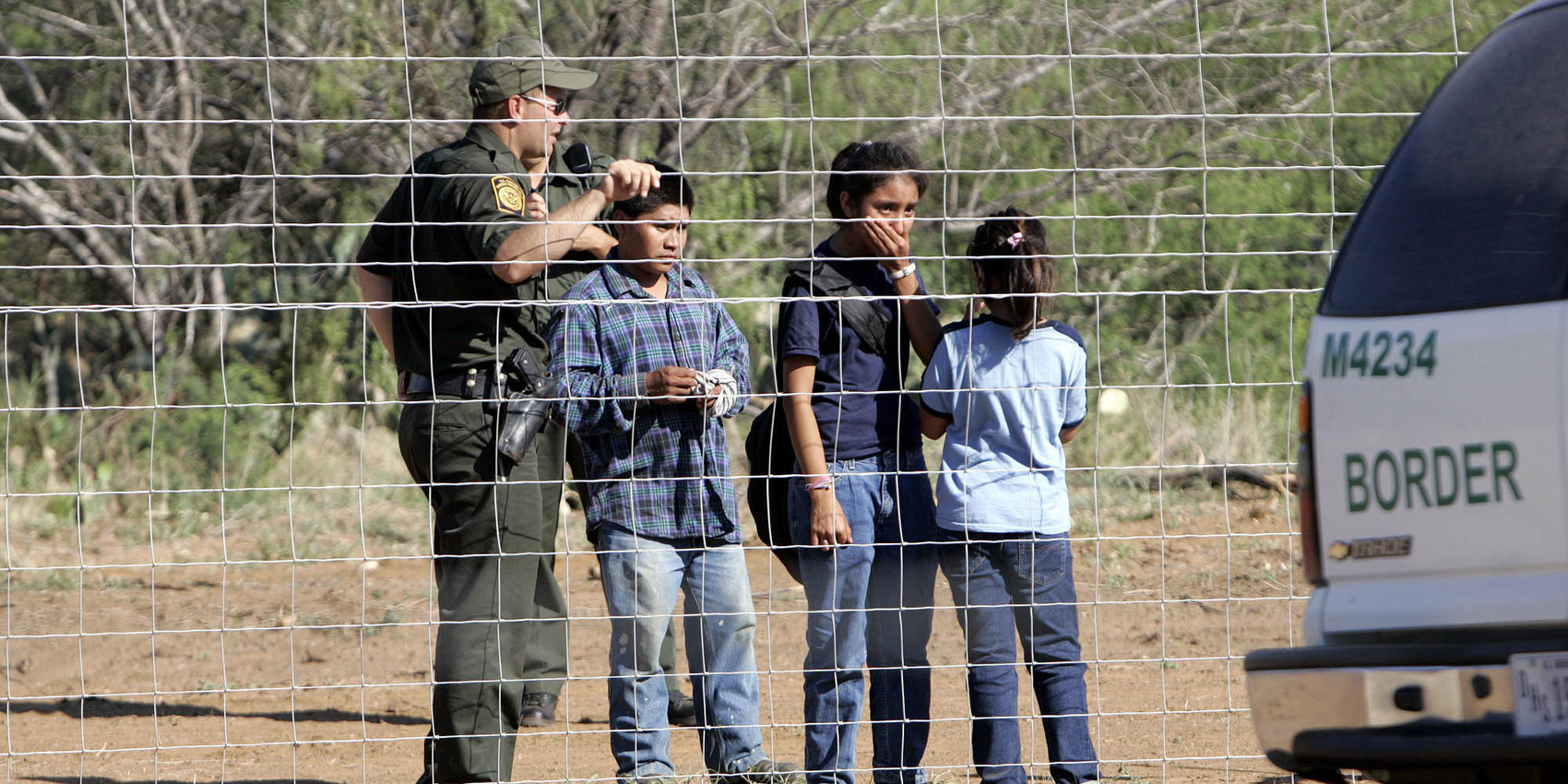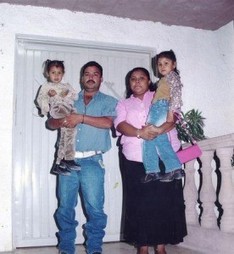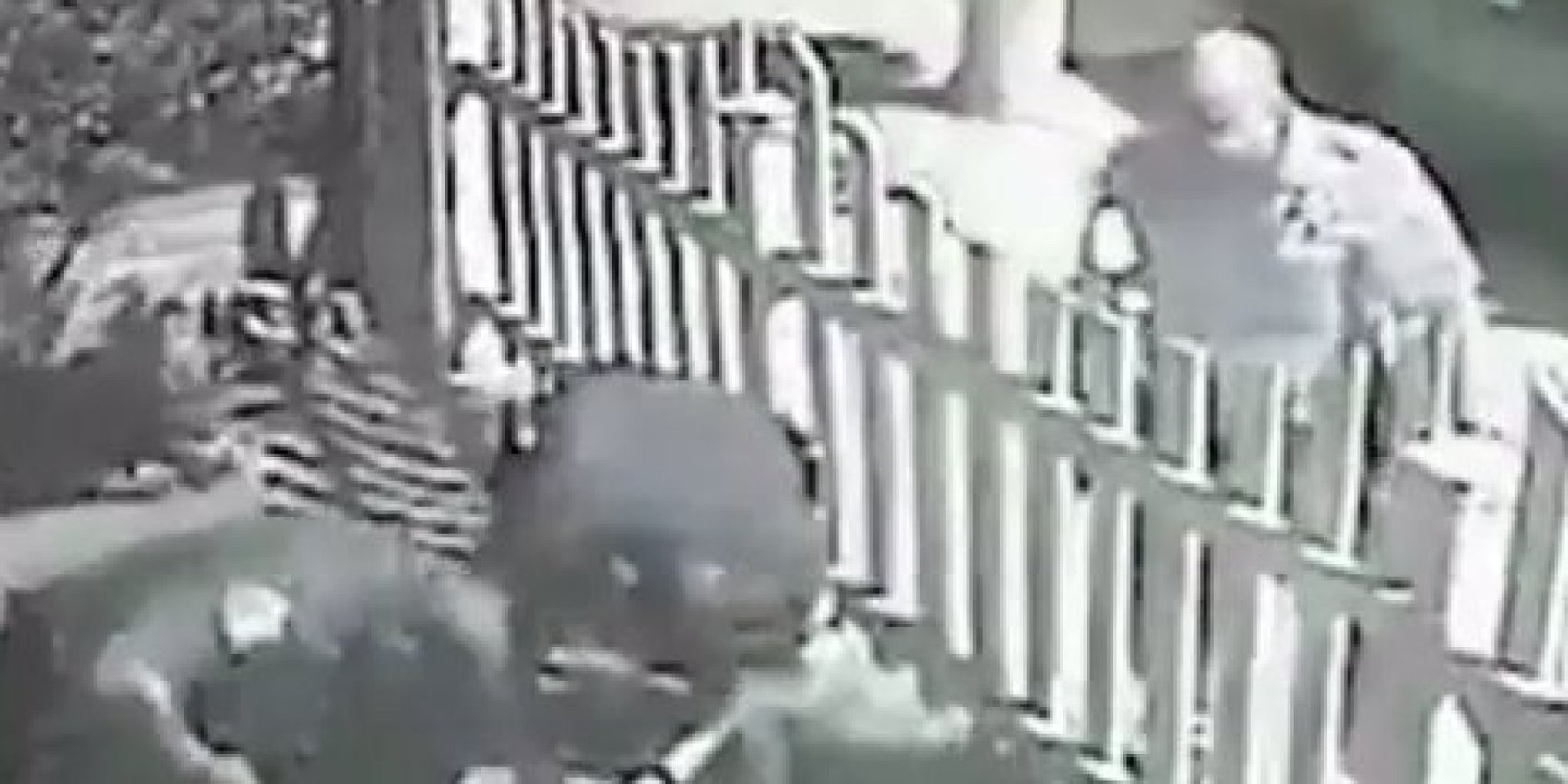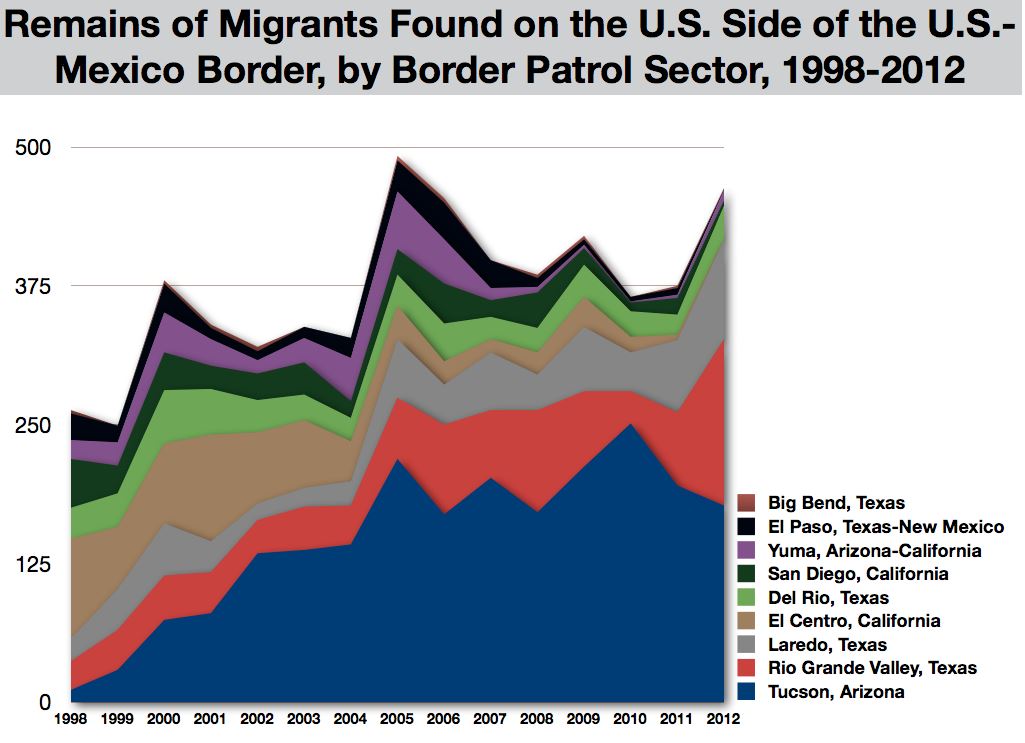
Detainees wrested from sleep every 30 minutes, the lights in their frigid cells never turned off. One detainee told by officials, don’t lie or you’ll be raped. Another detainee sexually abused by guards. Detainees forced to stand in stress positions. Others denied adequate food, water, and medical treatment and held in dehumanizing conditions. “Welcome to hell,” one guard told a detainee, a good metaphor for what occurs across these sites of torment.
These incidents don’t come from military prisons in Iraq or Afghanistan or CIA black sites. This has been happening for years along the Southwest border in U.S. government facilities run by U.S. Customs and Border Protection (CBP) and its Border Patrol. The victims: children, some as young as infants, as documented in arecent complaint filed by a group of immigrant rights advocates who interviewed 116 unaccompanied children previously held in CBP custody.
Just as appalling, government agencies have known about these abuses for a long time, but failed to take action. Now, more children are vulnerable to harm in Border Patrol custody than ever before. Since October, 47,000 children have left their homes in Central America, mainly in El Salvador, Guatemala, and Honduras, for the United States. They flee destabilizing violence and crime fomented by criminal syndicates and gangs, more often than not without a loved one leading the way. With their fate far from certain, they make an arduous, perilous trek, sometimes spanning thousands of miles, in search of refuge in America. They risk it all, not so much in search of a better life, but simply to live.
Once here, many of these brave and resourceful children — who have already suffered abuse many times before throughout their lives — encounter not compassion and empathy from U.S. immigration officials but abuse. The most vulnerable are once again taught a cruel lesson: There’s nowhere safe for them to lay their heads down and just be children.
The advocates’ interviews with unaccompanied children are chilling.
One in four detained children reported physical abuse at the hands of CBP, including sexual assaults and beatings. More than half reported verbal abuse, including racist and sexist insults and even death threats, as well as the denial of urgent medical care. In one instance, a 14-year-old girl’s asthma medication was confiscated. She subsequently suffered multiple asthma attacks. After the first attack, CBP officials threatened her, telling her she better not be faking or else.
Seven out of ten interviewed reported detentions lasting longer than the 72-hour period mandated by law. Three out of ten children reported that their belongings were confiscated and never returned. Many others reported being shackled during transport, the metal restraints excruciatingly digging into their wrists and ankles. Eighty percent reported CBP personnel denied them adequate food and water.
Sometimes the cruelty shocks the conscience.
One 17-year-old girl, soaking wet, was placed in a frigid holding cell, which detained children commonly referred to as the hielera, or the freezer. Her only drinking water came from the toilet tank. When she had to use the toilet, she found herself exposed to other detainees and a wall-mounted security camera.
Click through to read more.
Source: www.huffingtonpost.com











